Reportar esta entrada
Más sobre la misma comunidad-colección
Tom McKay - Escuela secundaria Austin - El Paso, Texas - 2017
Tom McKay - Austin High School Football - El Paso, Texas.
La escuela secundaria Austin vs la secundaria El Paso - 2017
Photograph - Left to right: Thomas McKay(teacher), Olga Lujan ...
Batalla de la garra - El Paso, Texas - 2017
El Paso High School won the battle for the claw. Austin High ...
Batalla de la garra - El Paso, Texas - 2017
Photograph of Austin High School fan at Austin High School - ...
Batalla de la garra - El Paso, Texas - 2017
Coach for El Paso High School gives pep talk to players during ...
Batalla de la garra - El Paso, Texas - 2017
Battle Of The Claw - El Paso, Texas - 2017 El Paso High ...
Batalla de la garra - El Paso, Texas - 2017
Battle Of The Claw - El Paso, Texas - 2017 Austin fans ...
Batalla de la garra - El Paso, Texas - 2017
Battle Of The Claw - El Paso, Texas - 2017 Austin fans ...
Jimmy Melver y Nina Ellis - El Paso, Texas -1962
Jimmy Melver and Nina Ellis high school Christmas dance in the ...
Charlie Bailey felicita a Larry Durham en el estadio Sun Bowl
Charlie Bailey congratulates UTEP donor Larry Durham on donation ...
Desfile de bienvenida, Texas Western College, 1940s
Man on horse leads recreation of first Homecoming Parade of ...
Porristas del Texas Western College se regocijan - 1955
Enthusiastic cheerleaders from Texas Western College probably at ...
Partidarios del Club M del Texas College of Mines (Colegio de Minas de Texas)
M Club Supporters of Texas College of Mines in El Paso, Texas ...
Estudiantes hacia 1925, edificios tempranos en Texas College of Mines (Colegio de Texas de Minas)
Students circa 1925 stand before earliest buildings at Texas ...
Estudiante femenina usa una gorra TWC - 1966
Female student in El Paso, Texas wears commemorative Texas ...
Puntos de referencia en el lado oeste, El Paso, Texas 1965
Aerial photo shows ASARCO and Sun Bowl Stadium as landmarks on ...
Texas College of Mines (Colegio de Texas de Minas), los edificios en 1932
Photo shows automobiles parked in front of buildings at Texas ...
El edificio Brumbelow cerca del campo Kidd Field 1960
Brumbelow Building near Kidd Field on UTEP campus in El Paso ...
Gimnasio Memorial Gym, Los comienzos de UTEP 1960
Photograph shows early construction on Memorial Gym on the UTEP ...
3609 Tularosa vista frontal - El Paso, Texas
Photograph taken by Thurman Studio Portraits & Commercial ...
El sexto muro de los gigantes - Fort Bliss, El Paso, Texas 2015
Sixth Wall Of Giants - Fort Bliss, El Paso, Texas Video of ...


















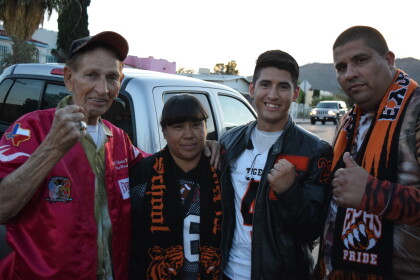
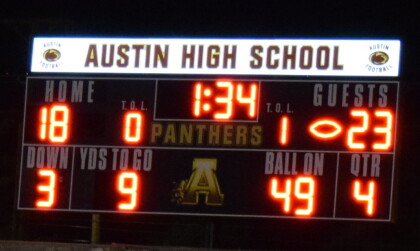
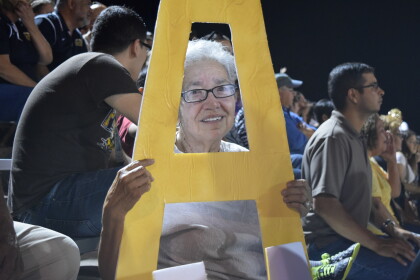
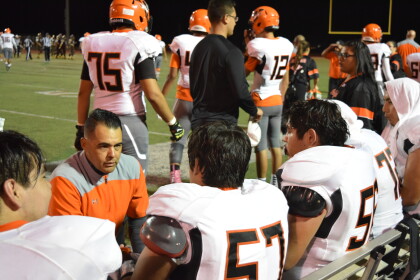




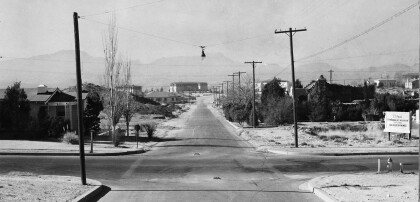
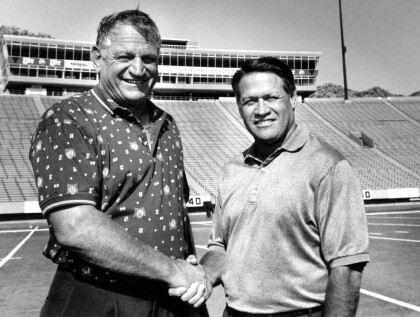
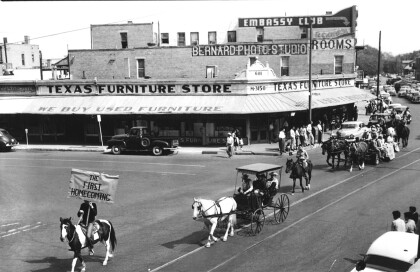
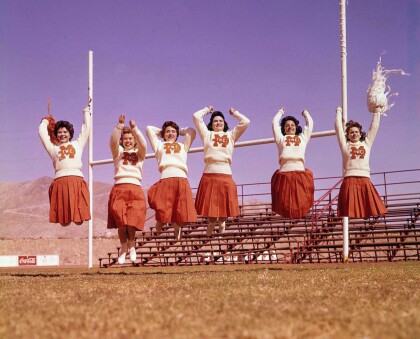
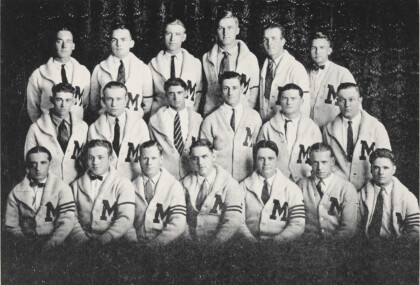
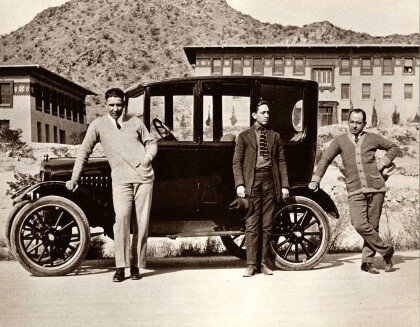

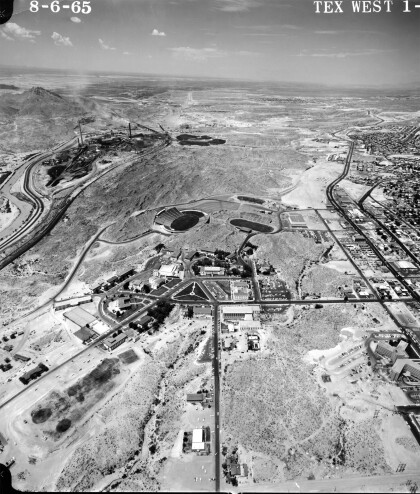
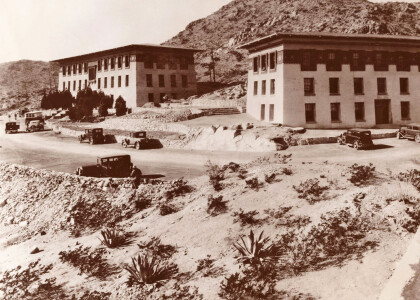
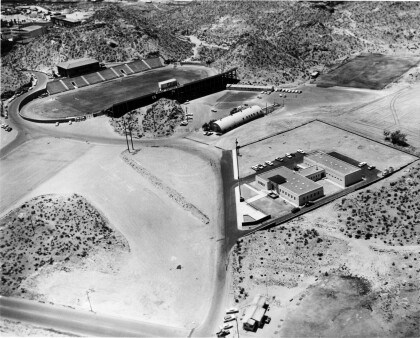
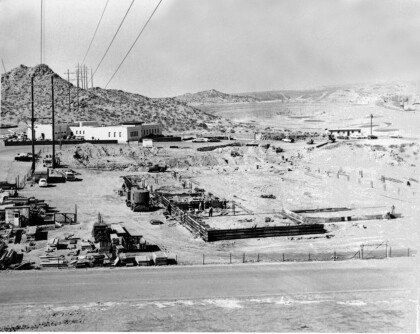
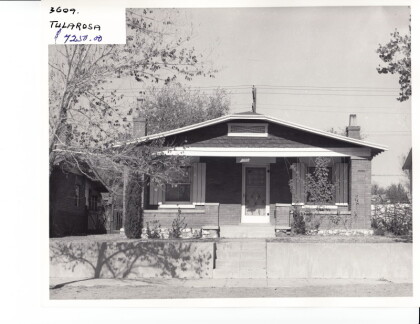
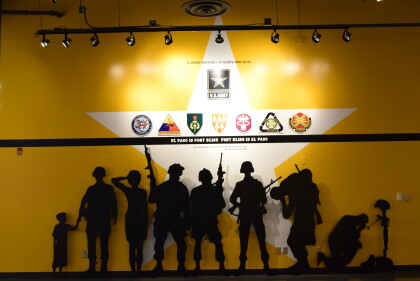

Comentarios
Hacer un comentario